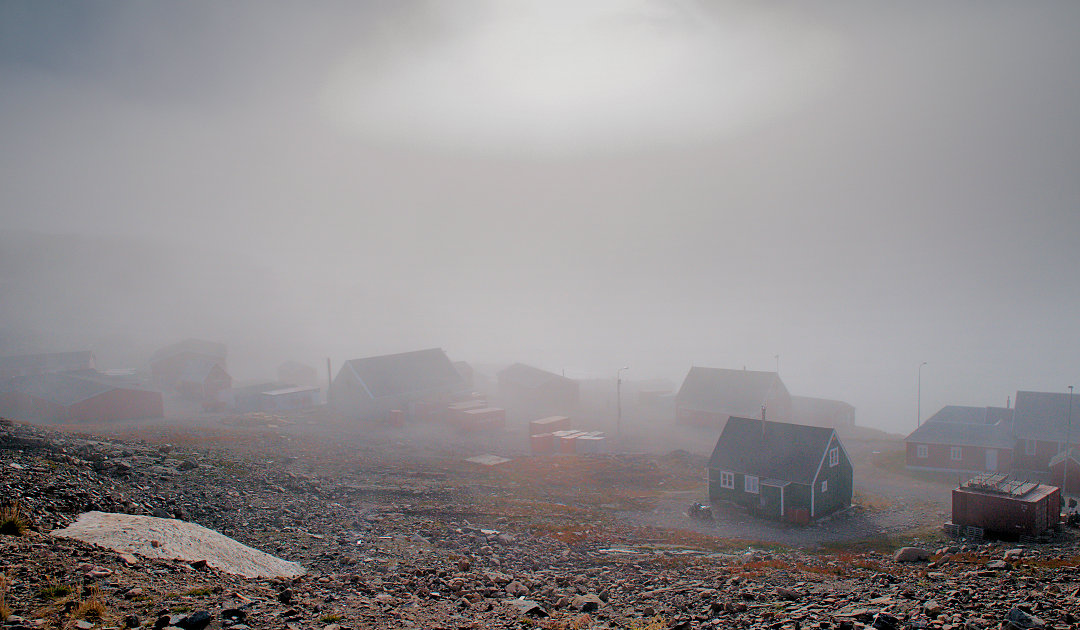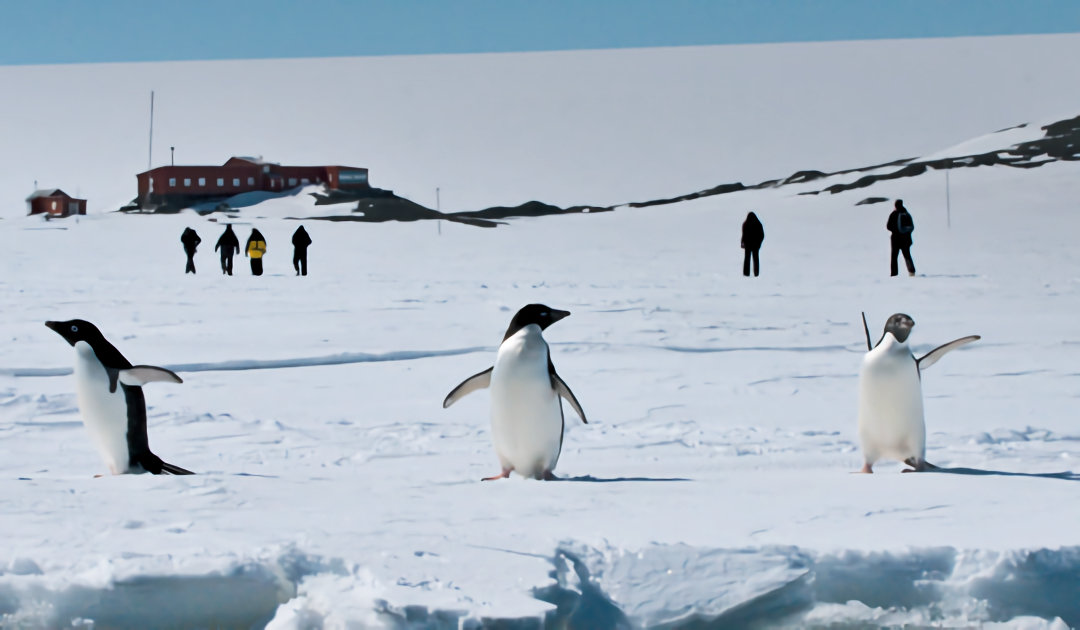
Along with climate change, pollution of habitats is one of the greatest challenges the world is facing right now. It is not only about plastic and other waste, but also and especially about chemical pollutants, which have often arrived unseen in all regions of the planet by now, even in the seemingly prisitine polar regions. Experts have now published a statement in a paper proposing a plan to address this problem.
The paper, published by a 26-member team from 19 research institutions in 13 countries, lists ten elements that can be undertaken by various entities in government, business, academia and public society to address the ever-growing problem of pollutants entering the Arctic and Antarctic. These ten points were formulated during a workshop held in January 2022 under the leadership of the Helmholtz Center Hereon and the German Federal Environmental Agency, and titled the “Berlin Statement”. “The consensus reached at the workshop can be summed up in two words: Act now!”, the team states. The statement was published in the new issue of the journal Chemosphere. In addition, the “Berlin Statement” is available to all researchers, policy makers, regulators and other interested parties to sign on the specially created Coastal Pollution Toolbox website (www.coastalpollutiontoolbox.org).



The publication of the “Berlin Statement” comes at a perfect time. For a while now, the class of substances known as “Forever Chemicals”, PFAS (polyfluoroalkyl substances) and their harmful effects on humans and the environment have been a hot topic in the news and in public discussion. But these and other persistent pollutants that have been lingering in the environment for much longer are a global problem, as the team led by first author Dr. Ralf Ebinghaus of Hereon write in their paper. “Humanity is currently operating outside the planetary boundary of chemical pollution as a consequence of the rapid increase in production and release of anthropogenic chemicals that outstrips the global capacity to assess and monitor the associated risk” explains Dr. Ebinghaus and the team. At the same time, they consider the Arctic and Antarctic to be important global regions where essential planetary processes occur. These, in turn, influence distant regions, for example, through nutrition. This means that chemical pollutants, which usually enter the polar regions from industrialized centers, end up back on the table with the polluters. This global problem is why the team of authors sees an urgent need for action. “We as a group of researchers, are concerned about the consequences of long-term chemical contamination in the Arctic and Antarctic,” the team explains.


But the questions around the topic are very numerous, because the knowledge is limited and fragmented. Transport routes, sources of pollutants, availability in individual polar habitats, effects on organisms and, last but not least, the influence of climate change on all these aspects are only partially investigated and known. Furthermore, there is a massive difference in the level of information for Antarctica compared to the Arctic. All this leads to the fact that the problem is hardly perceived in politics as well as in the economy and by the general public. This is where the “Berlin Statement” wants to start in order to create a comprehensive understanding and thus “a coordinated and multidisciplinary, science-based approach across stakeholders”. Specifically, the statement proposes ten measures for pollutant detection and their origins, monitoring and assessment of pollutants, scientific cooperation at the science-policy interface, concepts, opportunities, and technical solutions for data sharing, and the provision of tailored scientific information to policy makers. In this way, the team of authors is convinced, an optimal understanding worldwide of the problem of chemical pollution can be achieved. “As the polar environments are connected with the rest of the world, the entire world shares the common responsibility for their protection,” the team writes. “It is our hope that the Berlin Statement will serve as a nucleus for the development of a network that will be fostered and expanded to create a regular platform for polar collaborations.”
Dr Michael Wenger, PolarJournal
The ten points of the “Berlin Statement”
- Raising public and policy awareness of chemical pollution.
- Following the precautionary principle (protective measures without complete proof of damage).
- Strengthening of networking and co-developement of measures taking into account indigenous knowledge
- Enhanced use of monitoring data from polar regions for chemical management.
- Update regulatory paradigms for the protection of polar regions
- Expansion of contaminant research and harmonization of monitoring in the Arctic and Antarctic
- Development of innovative screening methods for the polar regions
- Expansion of the environmental speciment banks
- Ensure open data access
- Establish platforms for freezing digital samples and virtual environmental specimen banks.
More on the topic





